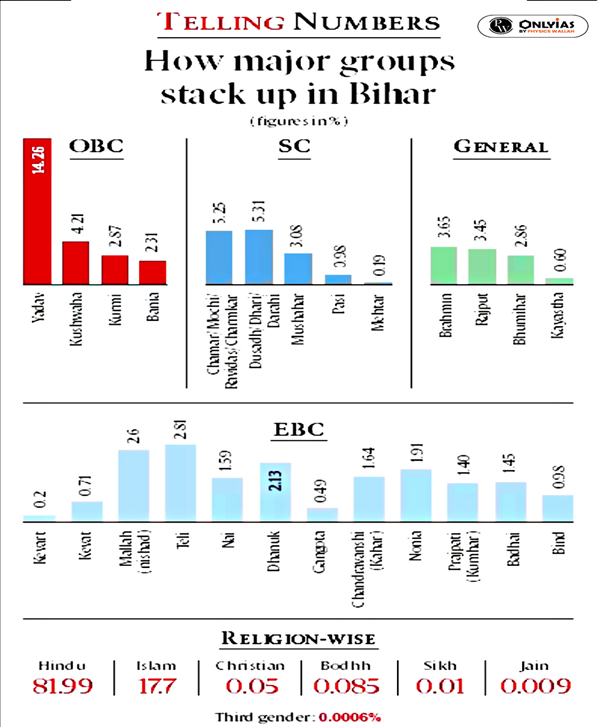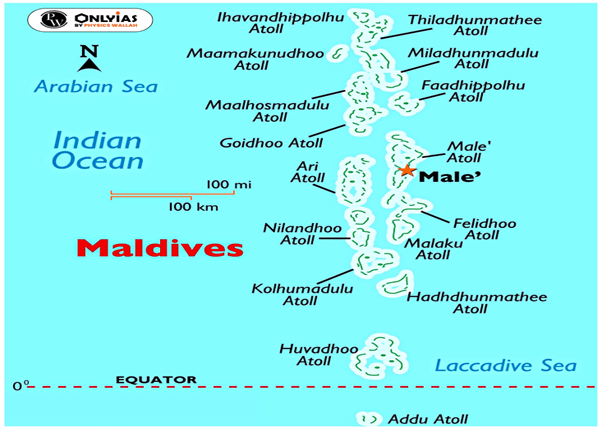| Central Government Banned NLFT and ATTF | The National Liberation Front of Tripura and the All Tripura Tiger Force have been banned for five years under the UAPA act.
About UAPA: Unlawful Activities (Prevention) Act, 1967.
Section 3 Of the UAPA Act deals with the declaration of an association as unlawful.—
|
| Purchasing Managers Index (PMI) | The Purchasing Managers index fell to 57.5 in September, compared with 58.6 in August, 57.7 in July, 57.8 in June and 58.7 in May, according to S&P Global.
About (PMI):
|
| Swachh Bharat Mission | A working paper by the World Bank states that despite early gains of the Swachh Bharat Mission, toilet use has declined since 2018-19.
Key Findings:
About SBM:
|
| Cytrox’s Predator Spyware | Former Egyptian MP Ahmed Eltantawy was targeted with Cytrox’s Predator spyware sent via links on SMS and WhatsApp.
What is spyware?
|
| Badis limaakumi | Recently, Scientists have discovered a new fish species from the Milak River, Nagaland.
|
| India-Japan Fund (IJF) | National Investment and Infrastructure Fund (NIIF) launches $600 million India-Japan Fund (IJF) with Government of India and Japan Bank for International Cooperation (JBIC) as anchor investors.
|
News Source: Down to Earth
News Source: The Hindu
Teesta River:
|
|---|
| Relevancy for Prelims: Census, Caste Survey in Bihar, Bihar Caste Survey Report 2023, and Caste census in India.
Relevancy for Mains: Bihar Caste Survey Report 2023, implications of Caste Census in Bihar, Judiciary over the Caste Based Survey, Census Operations in India, |
|---|

Also read: NATIONAL COMMISSION FOR SCHEDULED CASTES
Stand of Judiciary over the Caste Based Survey
|
|---|
History of census in India
|
|---|
The Caste Survey in Bihar has not only revealed the intricate demographic composition of the state but has also started debates on national caste surveys and reservation policies. An accurate enumeration of OBCs may aid in the formulation and development of affirmative action based programmes of the government. The data can also be used in the debate related to reservation policy, and poverty alleviation schemes targeted towards OBCs. However, it may further perpetuate caste identities. Thus, the caste data will become actionable only when interpreted in conjunction with the economic data and result-oriented schemes are implemented. With the economic data, the politics of caste might be replaced by the politics of economics with the poor among the castes demanding a greater share in electoral politics and government schemes.
| Attempt the PY Prelims Question:
Consider the following statements: (2009)
Which of the statements given above is/are correct? (a) 1 only Ans: (d) |
|---|
| Attempt the Mains Question: Why is caste identity in India both fluid and static? |
|---|
| Relevancy for Prelims: India Maldives Relations, Mission SAGAR, Colombo Security Conclave, Indian Ocean Region, and Belt and Road Initiative (BRI).
Relevancy for Mains: India Maldives Relations, and Current challenges in the India Maldives relation. |
|---|

India’s Development Assistance to Maldives
|
|---|
Also read: India-China Relationship
India Maldives relations have a long and friendly history, but there are current problems like the “India Out” campaign, more involvement from China, and internal issues such as political uncertainty and climate change that have made their relationship a bit strained. But building trust, fostering understanding, and finding common ground on regional and global issues will contribute to a stronger and more resilient partnership between the two nations.
| Attempt the PY Prelims Question:
Which one of the following pairs of islands is separated from each other by the ‘Ten Degree Channel’?
Ans: A |
|---|
| Attempt the Mains Question: China is using its economic relations and positive trade surplus as tools to develop potential military power status in Asia’. In the light of this statement, discuss its impact on India as her neighbour. (GS Paper 2; UPSC Mains 2017) |
|---|
<div class="new-fform">
</div>